Chemical Engineers Develop Revolutionary Device to Harvest Hydrogen from Thin Air
Smore Science
JANUARY 13, 2023
The question of “What will be the next big source of energy?” A new technology developed by chemical engineers at Ecole Polytechnique Fédérale de Lausanne might be a contender for the next-gen fuel. In a way, they absorb solar energy and store it in form of sugars. Only 12% of solar energy is converted to hydrogen.

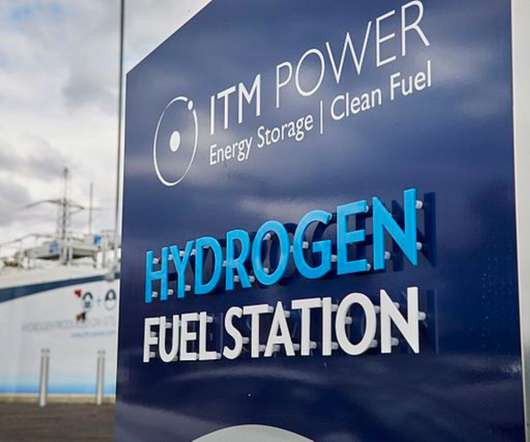

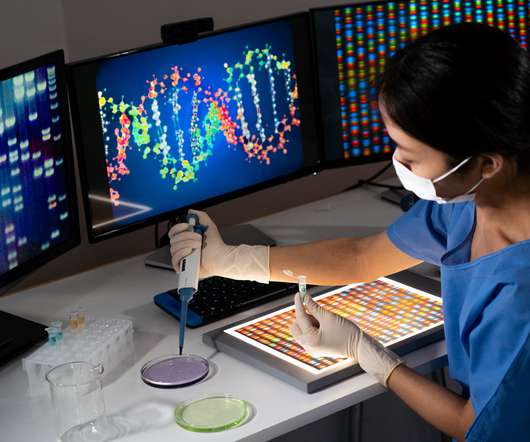
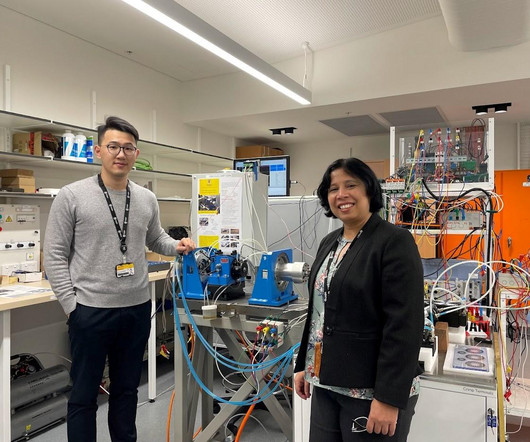

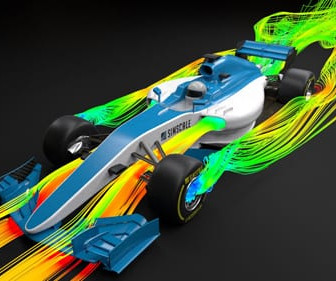
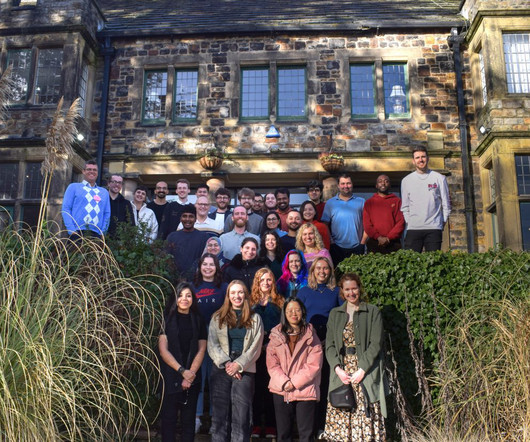

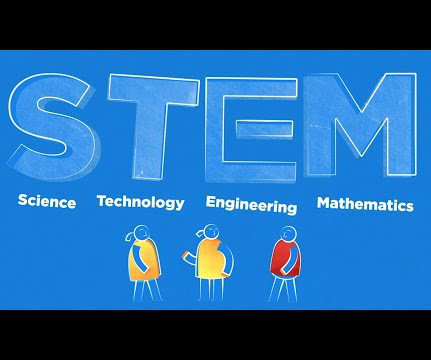


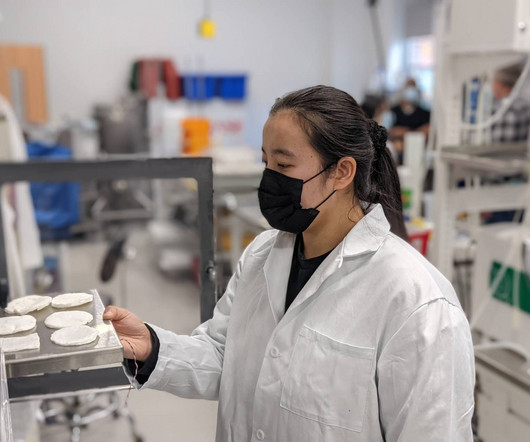

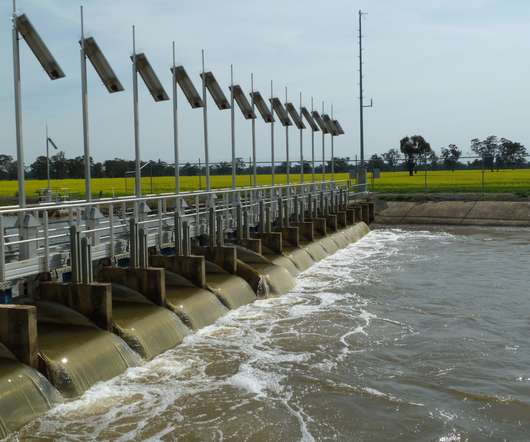
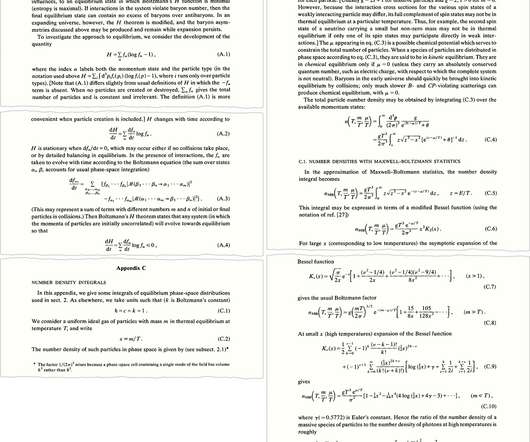
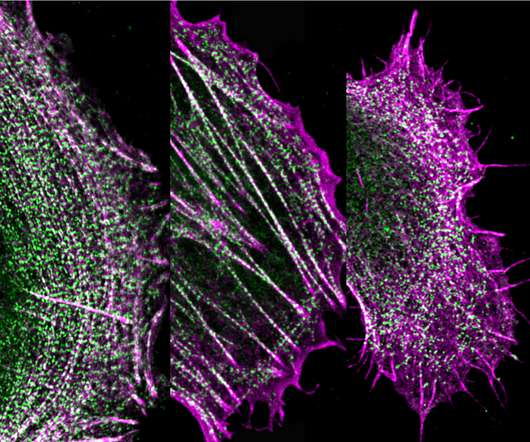
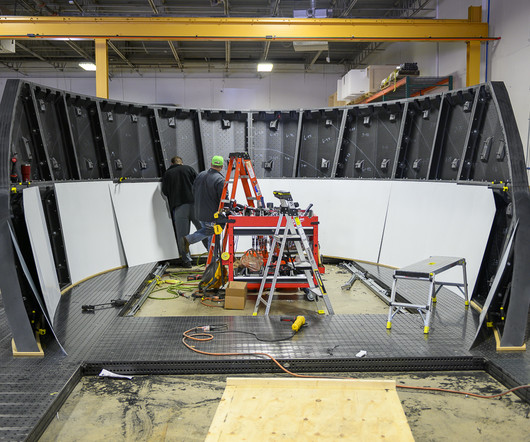






Let's personalize your content